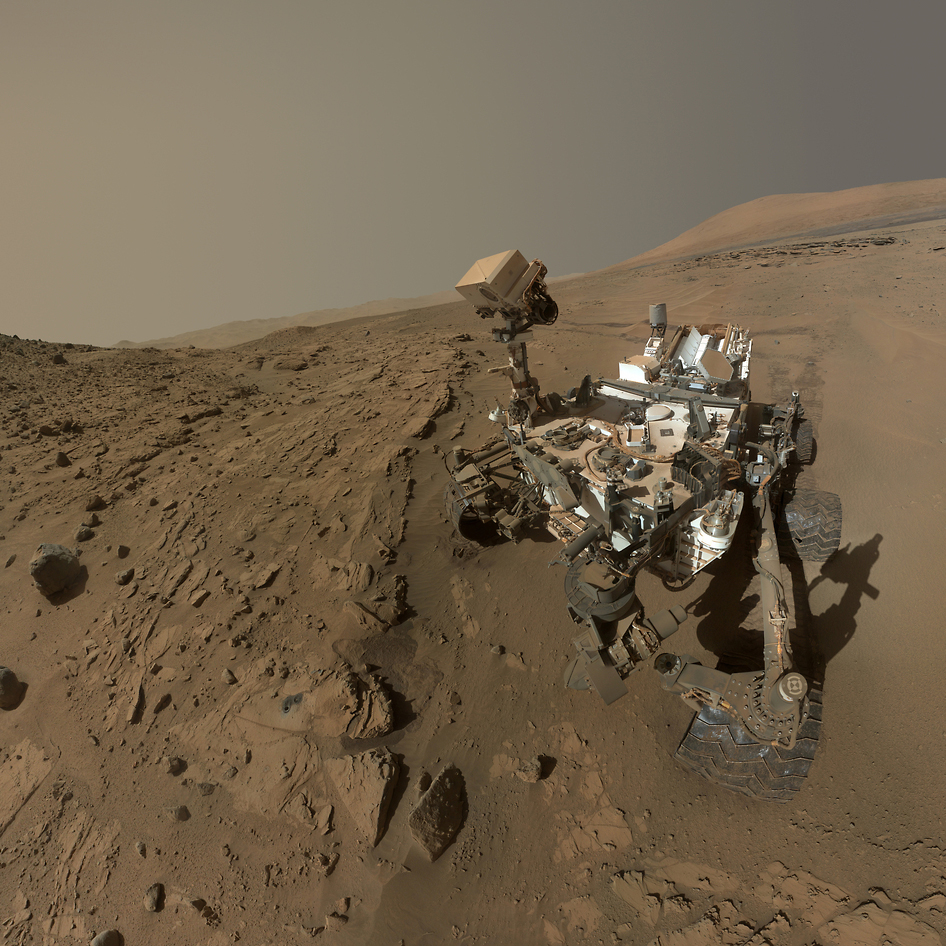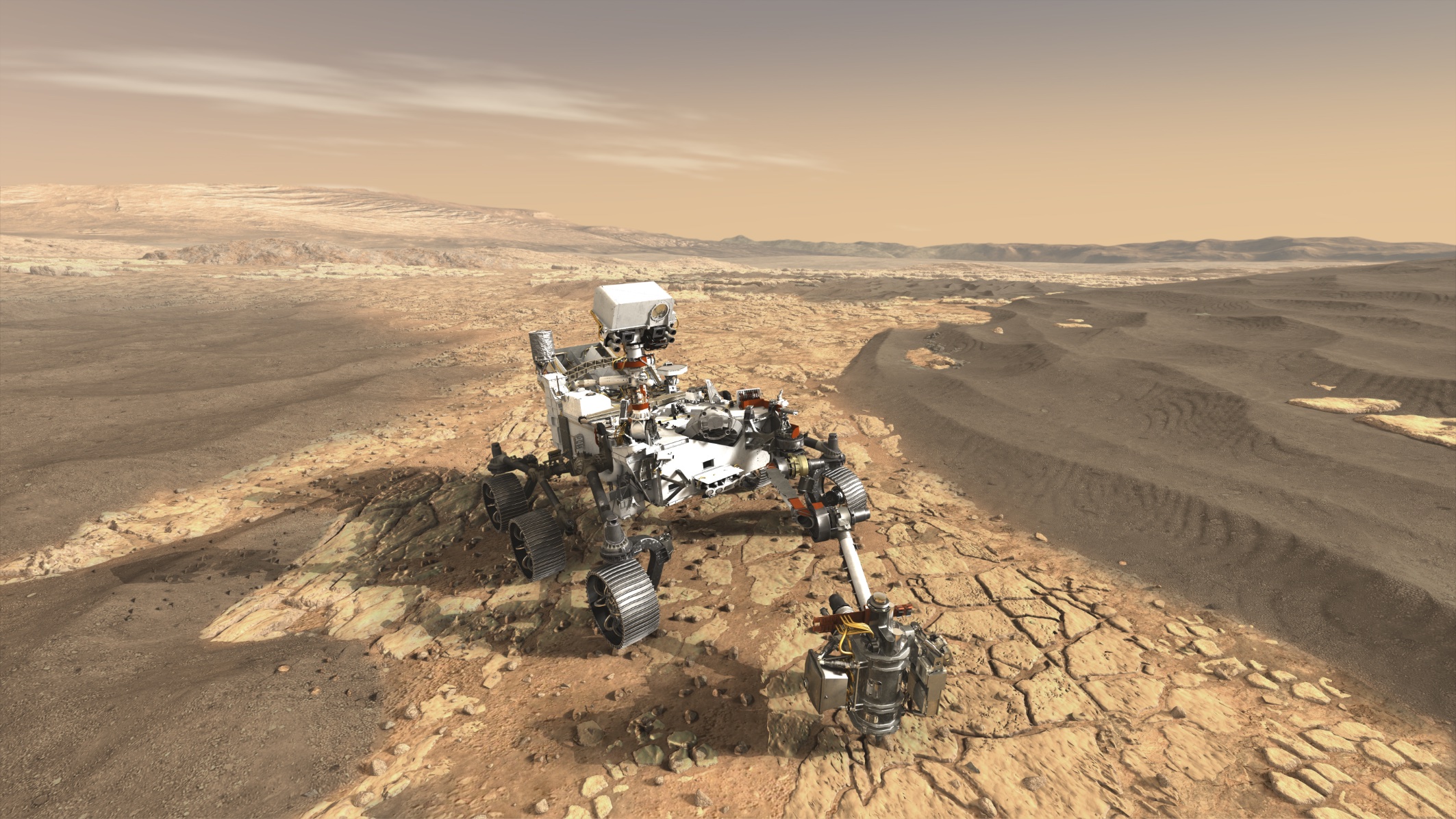

Subsequent NASA missions, in cooperation with ESA, would send spacecraft to Mars to collect these sealed samples from the surface and return them to Earth for in-depth analysis. The rover will characterize the planet’s geology and past climate, pave the way for human exploration of the Red Planet, and be the first mission to collect and cache Martian rock and regolith. More About the MissionĪ key objective for Perseverance’s mission on Mars is astrobiology, including caching samples that may contain signs of ancient microbial life.

The rover has instructions to perform remote science and take images of a place in Jezero Crater called “Jenkins Gap.” And people on the mission team are expected to take at least one moment to recall where they were and how they felt two years ago, when Perseverance landed on Mars. The weather at Jezero Crater is expected to be sunny with a high of about 7 degrees Fahrenheit (minus 14 degrees Celsius). In fact, when Perseverance marks its second landing anniversary, Mars will be 97 million miles (156 million kilometers) from Earth. “We have come a long way together, and I can’t think of a better group to work with as we go even farther.” “Behind each number is a lot of thought and effort from a very talented group of women and men on the Perseverance team,” said Art Thompson, Perseverance project manager at JPL.

With that, here are some the most up-to-date statistics regarding Perseverance’s first two Earth years of Jezero surface operations. “We collect them, evaluate them, compare them, and more times than we want to admit, bore our loved ones with them during a family dinner.” “We deal with a lot of numbers,” said Perseverance deputy project manager Steve Lee from NASA’s Jet Propulsion Laboratory in Southern California. They can tell you not only that the MOXIE (short for Mars Oxygen In-Situ Resource Utilization Experiment) technology demonstration has produced 3.25 ounces (92.11 grams) of oxygen, but also that the Gas Dust Removal Tool (gDRT) – the little gas-puffing device on the robotic arm – has puffed 62 times to clear residual dust and particles from rock-abrading activities. 14, its left front wheel has performed 9,423 revolutions. Numbers play a big role in the life of a Mars rover mission, not just because the team includes an impressive quantity of scientists (who don’t usually mind numbers) and engineers (who love them), but because statistics provide the best and most efficient glimpse of vehicle trends and performance.įor instance, the mission can tell you not only that the rover has driven 9.3 miles (14.97 kilometers), but also that as of Feb. (Learn more about all 18 samples taken so far.) In addition to the rock cores, Perseverance has collected two regolith samples and one atmospheric sample, and it has sealed three “witness” tubes. 15, we expect to be adding to that tally very soon.”

With the start of the next science campaign, known as ‘Upper Fan,’ on Feb. “Perseverance has inspected and performed data collection on hundreds of intriguing geologic features, collected 15 rock cores, and created the first sample depot on another world. “Anniversaries are a time of reflection and celebration, and the Perseverance team is doing a lot of both,” said Perseverance project scientist Ken Farley of Caltech in Pasadena.


 0 kommentar(er)
0 kommentar(er)
